Horses are majestic creatures that can be quite expressive. From their ears to their tail, they often communicate their feelings to us through body language. In this article, we’ll take a look at some common horse expressions and what they mean.
Horse Facial Expressions
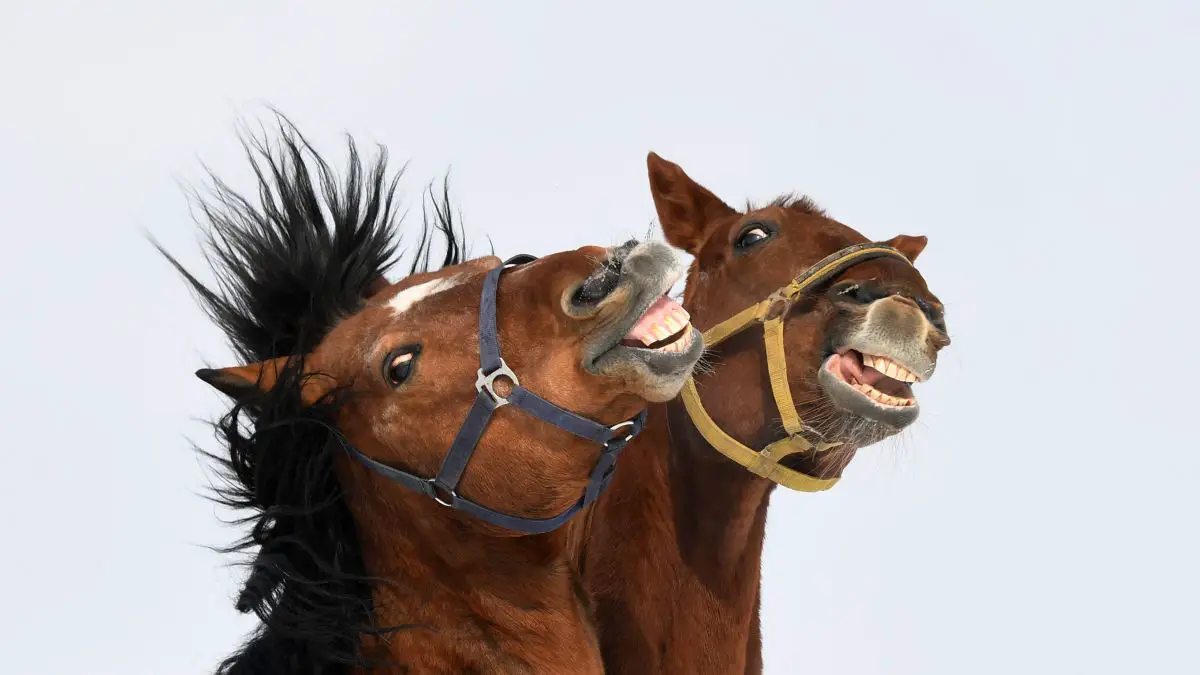
Ears
- Ears back – This usually means that the horse is feeling scared, angry, or defensive. It might also indicate that the horse is in pain.
- Erect ears – This means that the horse is alert and paying attention.
- Flat ears – This indicates that the horse is relaxed and not stressed.
Eyes
- Wide open eyes – This means that the horse is feeling alert and paying attention.
- Half-closed eyes – This indicates that the horse is relaxed and content.
- Squinting eyes – This usually indicates that the horse is in pain.
Mouth
- Closed mouth – This usually means that the horse is relaxed and content.
- Partially open mouth – This usually means that the horse is feeling alert and paying attention.
- Wide open mouth – This usually means that the horse is feeling scared, angry, or defensive.
Nose
- Snorting – This usually means that the horse is feeling alert and paying attention.
- Flaring nostrils – This usually means that the horse is feeling scared, angry, or defensive.
- Closed nostrils – This usually means that the horse is relaxed and content.
Horse Body Language
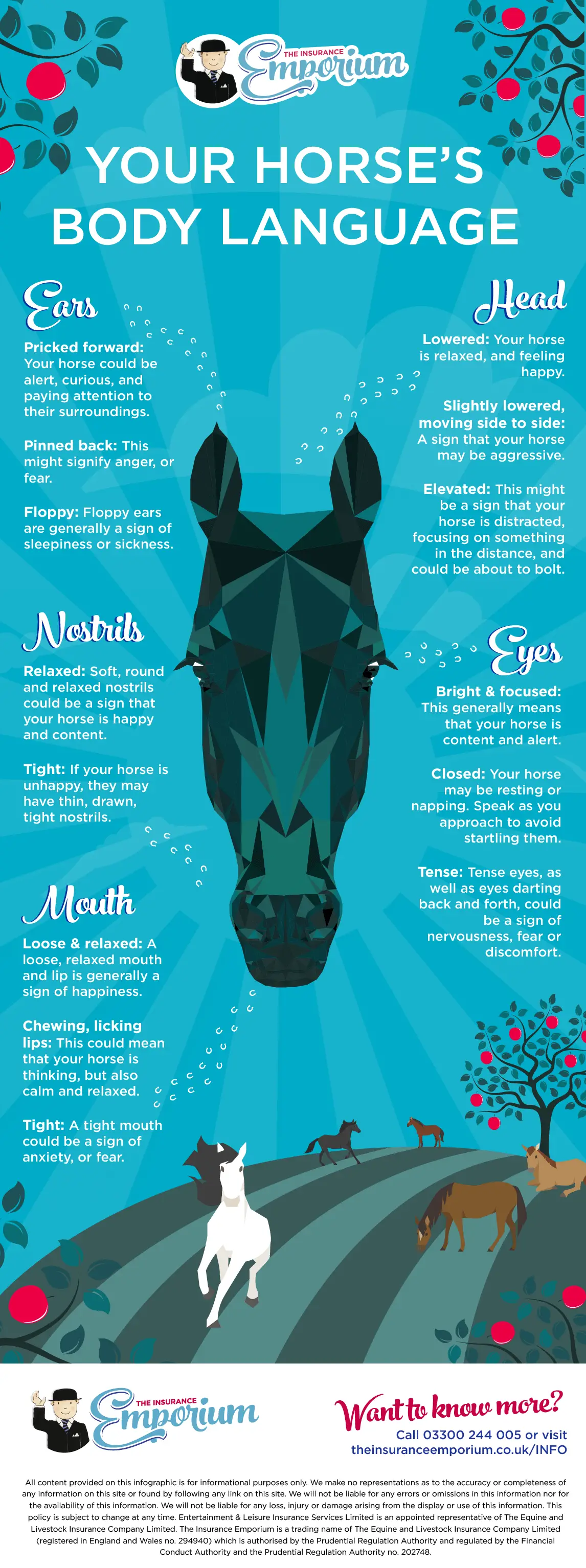
Posture
- Lowering the head: This can mean that a horse is relaxed or tired, or it can be a sign that it is feeling overwhelmed or fearful.
- Ears back: When a horse’s ears are back, it can mean that the horse is angry, frustrated, or feeling threatened.
- Head shaking: This is usually an indication that the horse is trying to get rid of something that is bothering it, such as a fly, or that it is feeling uncomfortable.
- Tail swishing: When a horse swishes its tail, it can mean that it is irritated, annoyed, or anxious.
Movement
- Rearing: This is usually a sign of fear or aggression, and it can be dangerous for both the horse and its handler.
- Bolting: This is when a horse suddenly takes off at a gallop, usually due to fear or excitement.
- Bucking: This is when a horse throws its head back and kicks its hind legs out, usually in response to a rider.
- Prancing: This is when a horse moves its legs in a high-stepping motion, usually in response to excitement or anticipation.
Horse Vocalizations
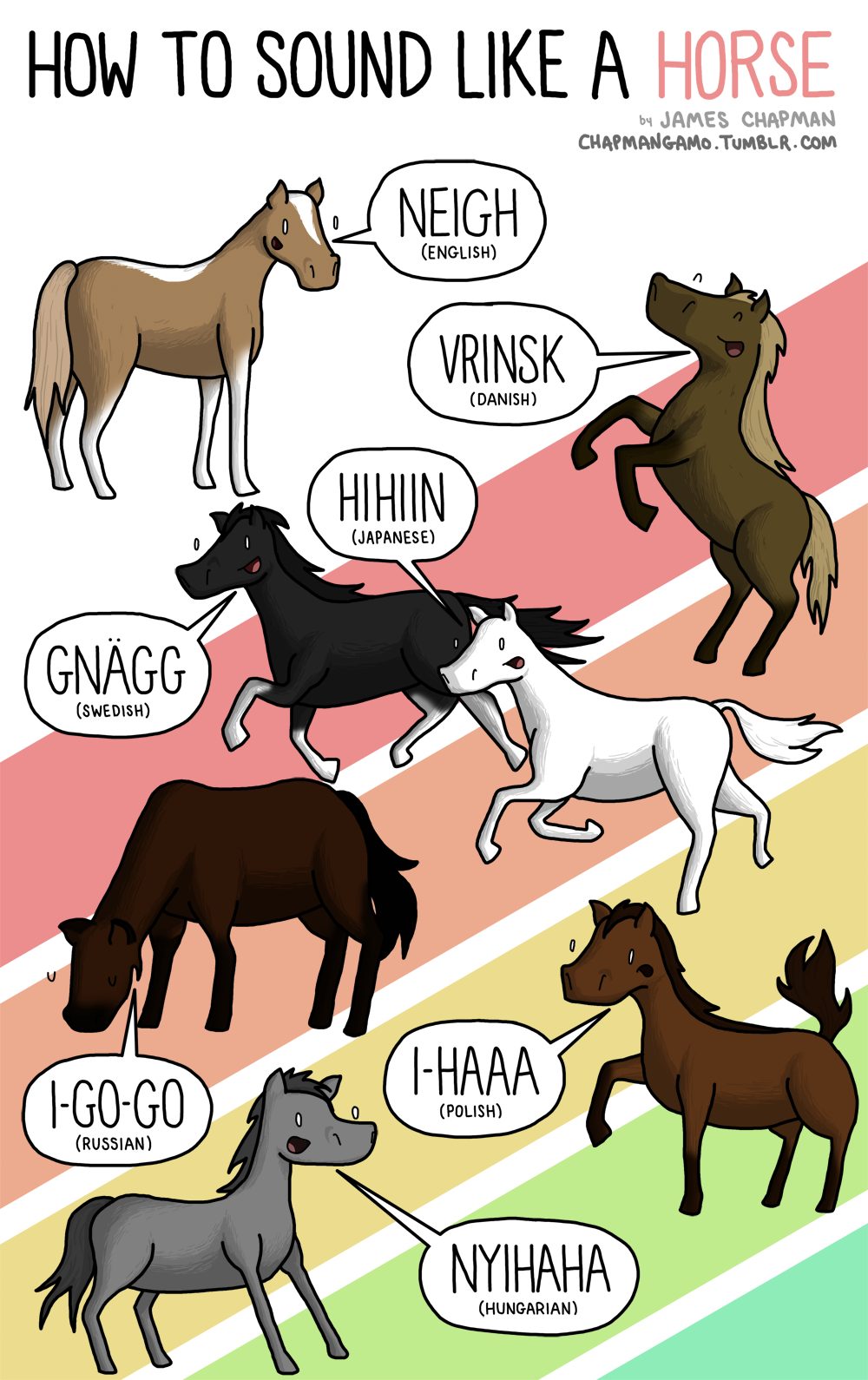
Horses are capable of making a variety of vocalizations, from short snorts to low nickers. Some of these sounds are produced in response to a stimulus, such as the sound of a farrier’s hammer, while others are used by horses to communicate with one another. Being able to recognize and interpret the various vocalizations made by horses can help to deepen the bond between the horse and its owner, as well as provide insight into the horse’s emotional state.
The most common horse vocalizations are whinnies, nickers, and snorts. Whinnies are usually made in response to a stimulus, such as an unfamiliar animal or person, and can be high-pitched and loud. These vocalizations are often associated with excitement and a desire for attention. Nickers, on the other hand, are usually low-pitched and gentle and are often used by horses to communicate with one another. They are usually made in response to a familiar animal or person, such as their owner, and can be interpreted as a greeting. Snorts are usually short, sharp, and loud and are often made by horses in response to fear or surprise.
In addition to these common vocalizations, horses also make a variety of other sounds. These can include brays, squeals, and snuffs. Brays are usually loud, deep, and drawn-out, and are often associated with a horse’s displeasure. Squeals are usually high-pitched and short, and are usually made in response to pain. Snuffs are usually soft and low-pitched, and are often made in response to a pleasant stimulus, such as the presence of a familiar person or animal.
Recognizing and understanding horse vocalizations can help to develop a stronger bond between the horse and its owner and can provide insight into the horse’s emotional state. Horses are complex animals with the capacity to communicate in a variety of ways, and learning to recognize and interpret their vocalizations is a great way to build trust and foster a harmonious relationship.
Understanding Horses
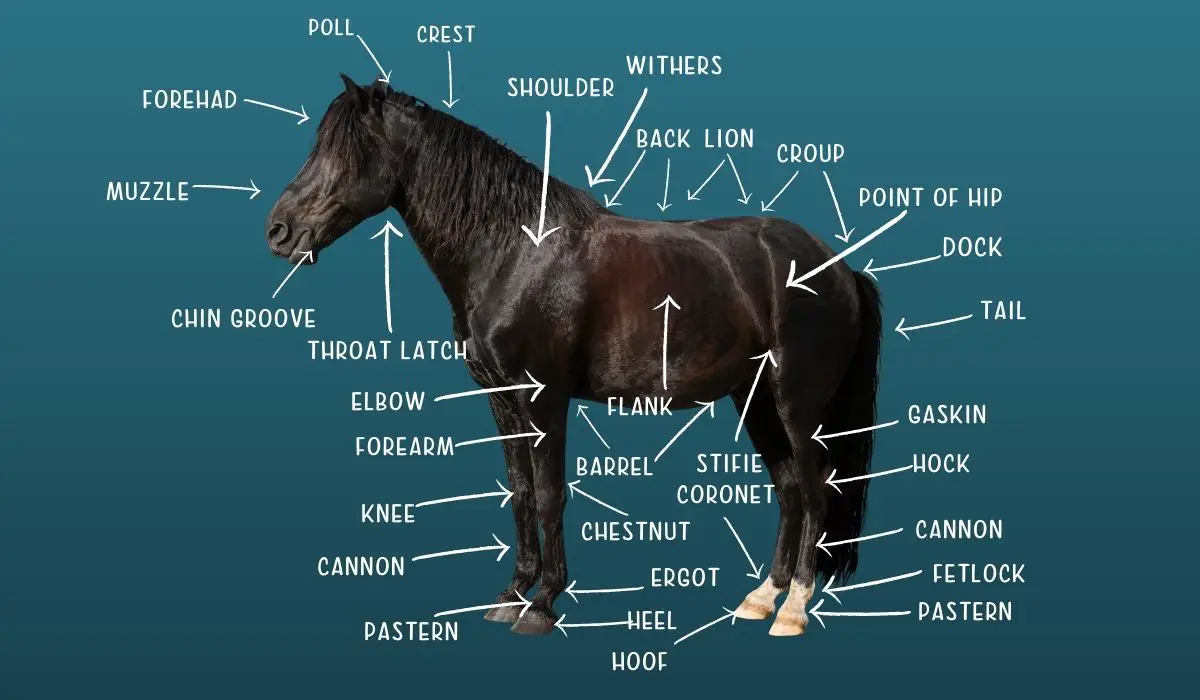
Horses are intelligent animals that express their feelings and emotions in a variety of ways, from physical movements to facial expressions. Understanding the body language of horses can help owners and handlers better interpret the animal’s behavior and react appropriately.
When a horse is feeling relaxed and content, he will often appear relaxed and his ears will be forward, indicating that he is paying attention. He may blink and chew as well. When a horse is agitated, his ears will be pinned back, indicating he is feeling anxious or annoyed. His nostrils may also flare.
When a horse is feeling scared or threatened, his eyes may widen, his head may come up, and his body may tense. He may also snort or run away. If a horse is feeling excited, his body may quiver and he may paw the ground. When a horse is in pain or feeling uncomfortable, he may swish his tail, pin his ears back, or lay his ears flat against his head.
It is important to recognize the signs of a horse’s emotional state in order to ensure the animal’s safety and well-being. Paying attention to the details of a horse’s behavior can help owners and handlers better understand their animal’s needs and respond appropriately.
Interpreting Horse Behavior
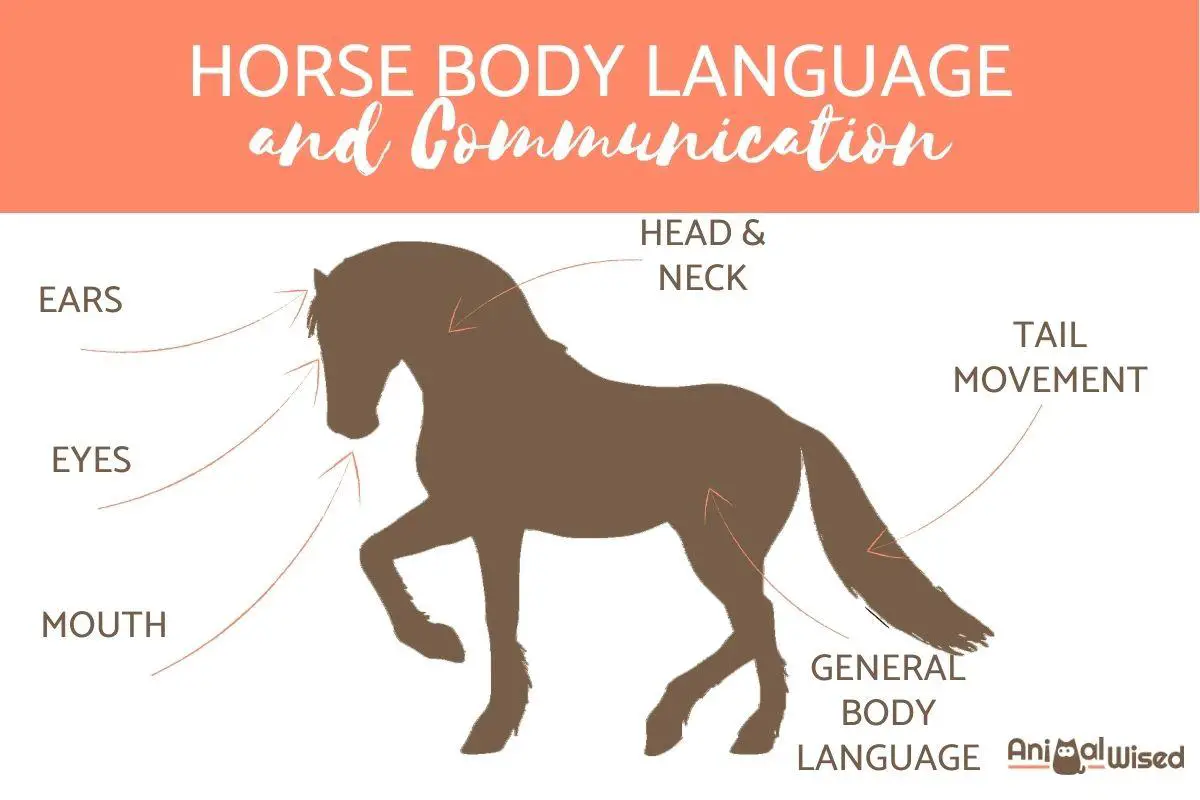
Horses communicate their feelings and intentions through their body language, facial expressions, and behaviors. By learning to interpret their signals, you can better understand and communicate with your horse.
Body Language
Horses use their bodies to communicate with each other and with humans. Before you can accurately interpret their signals, it is important to understand what is normal behavior for a horse. When a horse is relaxed, his head and neck will be lowered, his eyes will be half-closed, and his ears will be pointed forward. He may be licking his lips or nuzzling your hand.
On the other hand, if a horse is feeling anxious or scared, his body language will be very different. His head and neck will be raised, and his eyes may be wide open, with the whites showing. His ears will be pointed back, and he may be pawing at the ground or snorting.
Facial Expressions
Horses also use facial expressions to communicate. Generally, a horse’s eyes will convey his mood. If he is relaxed, his eyes will be slightly squinted and his brows will be relaxed.
If he is anxious, his eyes will be wide open and his brows may be furrowed. A horse’s nostrils will also be flared when he is anxious or scared.
Behavior
Finally, a horse’s behavior can provide clues about his mood. If he is feeling relaxed and comfortable, he may be grazing, playing, or just standing quietly. On the other hand, if he is feeling anxious or scared, he may be pawing at the ground, biting, or kicking.
Table Summary
| Signal | Relaxed | Anxious/Scared |
|---|---|---|
| Body Language | Head and neck lowered; eyes half-closed; ears pointed forward; licking lips; nuzzling | Head and neck raised; eyes wide open; whites showing; ears pointed back; pawing at ground; snorting |
| Facial Expressions | Eyes slightly squinted; brows relaxed | Eyes wide open; brows furrowed; nostrils flared |
| Behavior | Grazing; playing; standing quietly | Pawing at ground; biting; kicking |
Training and Bonding with Horses
Horses are incredibly intelligent creatures that can develop strong bonds with their owners. Horses require training and bonding in order to become an obedient, safe, and enjoyable animal to ride. Training and bonding with horses can be a rewarding experience, as it can create a deep connection between the horse and the owner.
When training and bonding with horses, it is important to remember that horses are social animals. Horses need to be handled with respect and kindness in order for them to respond positively to commands. Creating a bond with a horse is a two-way street, and the owner should be patient and understanding in order to create a positive relationship.
When training a horse, it is important to start with basic commands such as ‘walk’, ‘stop’, and ‘turn’. Once the horse has learned these commands, more complex commands can be introduced. Horses can also be taught tricks and tasks, such as picking up objects or playing games.
When bonding with a horse, it’s important to spend time with them in a calm, stress-free environment. This can include spending time in the stable, grooming the horse, or simply spending time talking with them. Horses can also be taught to recognize their owners and respond to simple verbal commands such as ‘come’ or ‘stand’.
Training and bonding with horses can be a rewarding experience for both the horse and the owner. With patience and understanding, a strong bond can be developed between the two, leading to a lifetime of enjoyable rides together.
Frequently Asked Questions
1. What does it mean when a horse makes funny faces?
Horses are highly expressive animals and can express a wide range of emotions through their body language. One of the ways that horses communicate through facial expressions is by making funny faces. These expressions can tell us a lot about how a horse is feeling and what they may be thinking.
- If a horse is making an expression that looks like they are sticking out their tongue, it is likely a sign of contentment. This expression is often accompanied by a soft eye and relaxed ears.
- If a horse makes an expression that looks like they are squinting their eyes, it can mean that they are feeling stressed. This expression is often accompanied by flared nostrils and a tense jaw.
- If a horse makes an expression that looks like they are frowning, it may mean that they are feeling frustrated. This expression is often accompanied by a wide open mouth and a pinning of the ears back.
- If a horse makes an expression that looks like they are snorting, it can mean that they are feeling excited. This expression is often accompanied by a wide open mouth, flared nostrils and an arched neck.
- If a horse makes an expression that looks like they are making a “yawning” face, it may mean that they are feeling sleepy or bored. This expression is often accompanied by heavy eyelids and lowered ears.
It is important to remember that no two horses are alike and that facial expressions can vary from horse to horse. It is also important to keep in mind that facial expressions can be affected by a variety of factors, such as the horse’s environment, health, and temperament. Being able to recognize and interpret a horse’s facial expressions can help us to better understand their needs and feelings.
2. How can I tell if a horse is trying to communicate something?
Horses can be very expressive creatures, and it is possible to learn to read their behavior to understand what they are trying to communicate. Here are some signs that a horse may be trying to tell you something:
- Snorting: Snorting is a way for a horse to express surprise or alarm, and is often accompanied by a change in posture or an increased alertness.
- Moving away: If a horse moves away from you, it may be trying to tell you that it is not comfortable with you in its space.
- Licking and chewing: Horses often lick and chew when they are content and relaxed.
- Ear position: Horses will often flick their ears to indicate their attention is elsewhere or that they are uncomfortable with something.
- Head shaking: Head shaking can indicate a number of things, including discomfort or agitation.
- Tail swishing: Tail swishing can indicate that the horse is angry, uncomfortable, or agitated.
By paying attention to these signs, you can start to recognize when a horse is trying to communicate something. It is important to remember that every horse is an individual and may express itself differently, so it is important to get to know the individual horse you are working with to better understand its behavior.
3. What are some common horse expressions?
Horses use a variety of expressions to communicate with humans. Here are some of the most common horse expressions and what they mean:
- Snorting: Horses snort to express frustration, excitement, or anxiety. It’s like a sigh for horses.
- Baring Teeth: Horses baring their teeth is a sign of aggression and a warning to stay away.
- Rearing: Horses will rear up to avoid something they fear or to show dominance over another horse.
- Ears Forward: When a horse’s ears are forward, it’s usually a sign of curiosity or interest in something.
- Ears Back: When a horse’s ears are back, it’s usually a sign of anxiety, discomfort, or aggression.
- Tail Flicking: Horses flick their tails when they are annoyed, irritated, or scared.
- Head Tossing: Horses toss their heads to show that they are feeling impatient or frustrated.
- Nipping: Horses nip at their handlers to show dominance or to get attention.
Understanding these expressions can help improve communication between humans and horses, and allow us to better understand what they are trying to tell us.
4. How can I interpret a horse’s facial expressions?
Interpreting a horse’s facial expressions is a skill that can be developed with experience and practice. Horses communicate a great deal through their facial expressions, and being able to read these expressions can help you understand the horse’s emotional state and motivation.
- Eyes: Pay attention to the horse’s eyes. If the eyes are wide open and the horse is looking around, it could be a sign of alertness or curiosity. If the horse has its eyes half-closed, it could be a sign of relaxation. If the eyes are squinting or the horse is avoiding eye contact, it could be a sign of discomfort or fear.
- Ears: Horses tend to move their ears in the direction of their focus. If the ears are erect and pointing forward, it could be a sign of curiosity and alertness. If the ears are laid back, it could be a sign of anger or aggression. If the ears are pinned back, this could be a sign of fear.
- Mouth: A horse’s relaxed mouth should be slightly open, while an anxious horse will often have a closed, tight mouth. If the horse is licking its lips, it could be a sign of anxiety.
- Nostrils: Pay attention to the horse’s nostrils. If the nostrils are open and relaxed, it could be a sign of relaxation. If the nostrils are flared or tense, it could be a sign of fear or aggression.
By paying attention to the horse’s facial expressions, you can gain insight into its emotional state, which can help you understand how to interact with the horse and respond to its needs.
5. What does it mean when a horse whinnies?
Whinnying is a common sound that horses make and it can have several different meanings. Here are some of the most common reasons why horses whinny:
- To greet another horse – When horses whinny to one another, it is often seen as a sign of friendship and recognition.
- To express excitement – Horses often whinny when they are excited, such as when they are about to go for a ride.
- To express fear – Horses may whinny when they are frightened or nervous about something.
- To indicate discomfort – Whinnying can be a sign that a horse is in pain or uncomfortable.
- To call out for attention – Horses may whinny to get the attention of their owners or other horses.
Understanding your horse’s whinnying can help you better assess their needs and provide them with the care and attention they deserve.
Conclusion
The expressions of horses are extremely important to pay attention to, especially when we are interacting with them. We must always be aware of their body language and facial expressions. Horses are very sensitive creatures with a wide variety of feelings and emotions. By understanding their expressions, we can better connect with them, creating a stronger bond and a more harmonious relationship. Horses will often give us very clear signals about how they are feeling and what they need from us. We must be mindful of their expressions and be sure to give them the proper care and attention they need in order to thrive.
References
- Anon. (2020). Horse expressions and what they mean. Equine and Farm. Available at https://www.equineandfarm.com/horse-expressions-and-what-they-mean/
- Arnold, T. (2019). The meanings behind common horse expressions. The Horse. Available at https://thehorse.com/149514/the-meanings-behind-common-horse-expressions/
- Huff, H. (2020). Horse expressions and what they mean. The Spruce Pets. Available at https://www.thesprucepets.com/horse-expressions-and-what-they-mean-1884738
- Hurst, S. (2018). Horse expressions: What they mean and why they matter. Horse and Rider. Available at https://www.horseandrider.com/horse-care/horse-expressions-what-they-mean-and-why-they-matter



